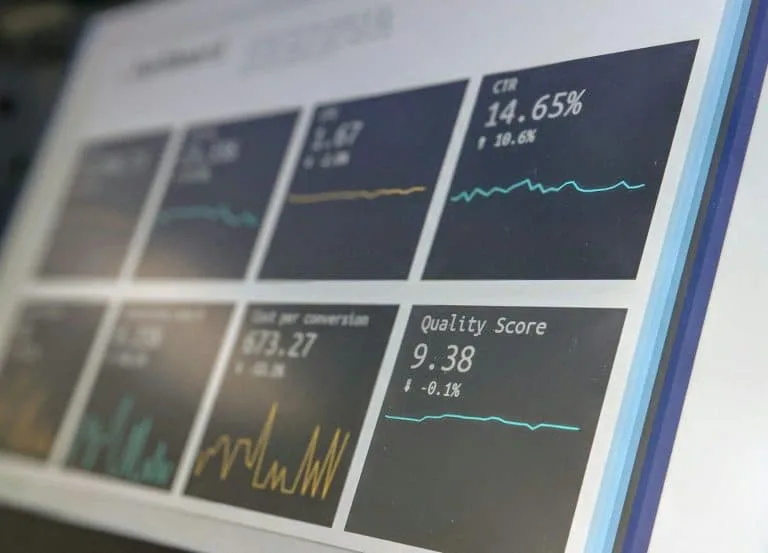If there’s one thing my experience has taught me, it’s that fixing problems requires understanding them first. That’s where Root Cause Analysis (RCA) comes into play – it’s essential for any genuine lean operation. But let’s skip the fancy talk and get to the heart of what RCA truly means in lean management.
Defining Root Cause Analysis in Lean
RCA isn’t just jargon we use to impress. It’s a systematic way of delving into problems to uncover their true sources. In lean, we’re focused on efficiency, and RCA is our tool for exposing inefficiencies that drain our time, money, and resources. The core principles are objectivity, thoroughness, and an unwavering search for truth.
We’re not after quick fixes. Our goal is to pinpoint fundamental issues that, once addressed, will stop problems from recurring again. It’s about tackling problems at their source, not just masking issues.
The RCA Process: Steps to Uncover Hidden Issues
Let’s break down the RCA process. It’s not overly complex, but it does demand rigor and a structured approach:
- Define the problem clearly. What exactly are we dealing with?
- Collect data. Get your hands dirty and gather all relevant information.
- Identify possible causal factors. What could be contributing to this issue?
- Identify the root cause(s). This is where the real detective work begins.
- Recommend and implement solutions. Action is key – ideas without implementation are worthless.
- Monitor and verify. Did our solution actually solve the problem?
We’ve got a whole toolkit for this process. The 5 whys technique is a personal favorite, which involves keep asking “why” until you get to the core issue. Fishbone Diagrams, Pareto charts, fault tree analysis – these are all powerful tools in our RCA arsenal.
Benefits of RCA in Lean Problem-Solving

I’ve seen first hand how RCA can transform operations. It’s not just about fixing problems; it’s about creating a culture of continuous improvement. When done right, RCA leads to:
- Drastically improved efficiency and waste reduction. Which results in significant savings in time and resources.
- Long-term solutions that stick. No more playing whack-a-mole with recurring issues.
- Enhanced team collaboration. RCA brings people together, fostering a collective problem-solving mindset.
- Organizational learning. Each RCA exercise is a learning opportunity, building your team’s analytical muscles.
Common Pitfalls and How to Avoid Them
it isn’t always smooth sailing. I’ve seen plenty of companies stumble in their RCA efforts. Common pitfalls can be:
- Misidentifying symptoms as root causes. It’s easy to stop digging too soon and miss the real issue.
- Jumping to conclusions without sufficient data. Gut feelings are great, but data is king in RCA.
- Blame game. RCA is about fixing processes, not pointing fingers at people.
To avoid these traps, stay objective, gather comprehensive data, and always be willing to challenge your assumptions. Remember, the goal is improvement, not perfection.
Integrating RCA into Lean Culture
Implementing RCA isn’t a one-and-done deal. Thus It needs to become part of your organizational DNA. This means:
- Fostering a problem solving mindset at all levels. Everyone from the shop floor to the C-suite should be thinking critically about processes.
- Training and empowering employees. Give your people the tools and confidence to conduct RCA independently.
- Creating systems for continuous improvement. RCA should be a regular practice, not just a reaction to major issues.
In my consulting work, I’ve found that organizations that truly embrace RCA as part of their culture see the most significant long-term benefits.
Real-World Case Studies: RCA Success Stories

Let me share a couple of success stories from my experience:
Case 1: A struggling automotive parts manufacturer was facing high defect rates. Through RCA, we discovered that the root cause wasn’t employee error as initially suspected, but inconsistent raw material quality from suppliers. We implemented stricter supplier quality controls, defect rates dropped by 28% within three months.
Case 2: A food processing plant was experiencing frequent downtime. Root cause revealed that preventive maintenance schedules weren’t being followed due to production pressures. By restructuring maintenance processes and emphasizing their importance, we reduced unplanned downtime by 15% and increased overall equipment effectiveness by 11%.
These cases underscore a crucial lesson: the most obvious cause isn’t always the root cause and you should Dig deeper.
Future Trends: RCA in the Digital Age
Looking ahead, technology’s role in enhancing RCA is thrilling. We’re witnessing some transformative advancements with AI enabling better pattern detection in complex systems.
IoT sensors provide real-time data for more precise RCA. Machine learning helps predict issues before they arise, shifting us towards a more proactive problem solving process.
But a word of caution, these tools are only as effective as their users. Technology should complement, not substitute, human insight in RCA.
In sum, mastering Root Cause Analysis is vital for organizations committed to lean management. It’s challenging and demands ongoing learning, but the rewards of improved efficiency, cost savings, and operational excellence. Are substantial and make it worthwhile.
In lean management, were constantly striving to uncover the core of our challenges. RCA is our best tool for this purpose. So, jump in and probe deeply, and keep asking “why” until you’ve truly exposed the heart of your operational issues.






